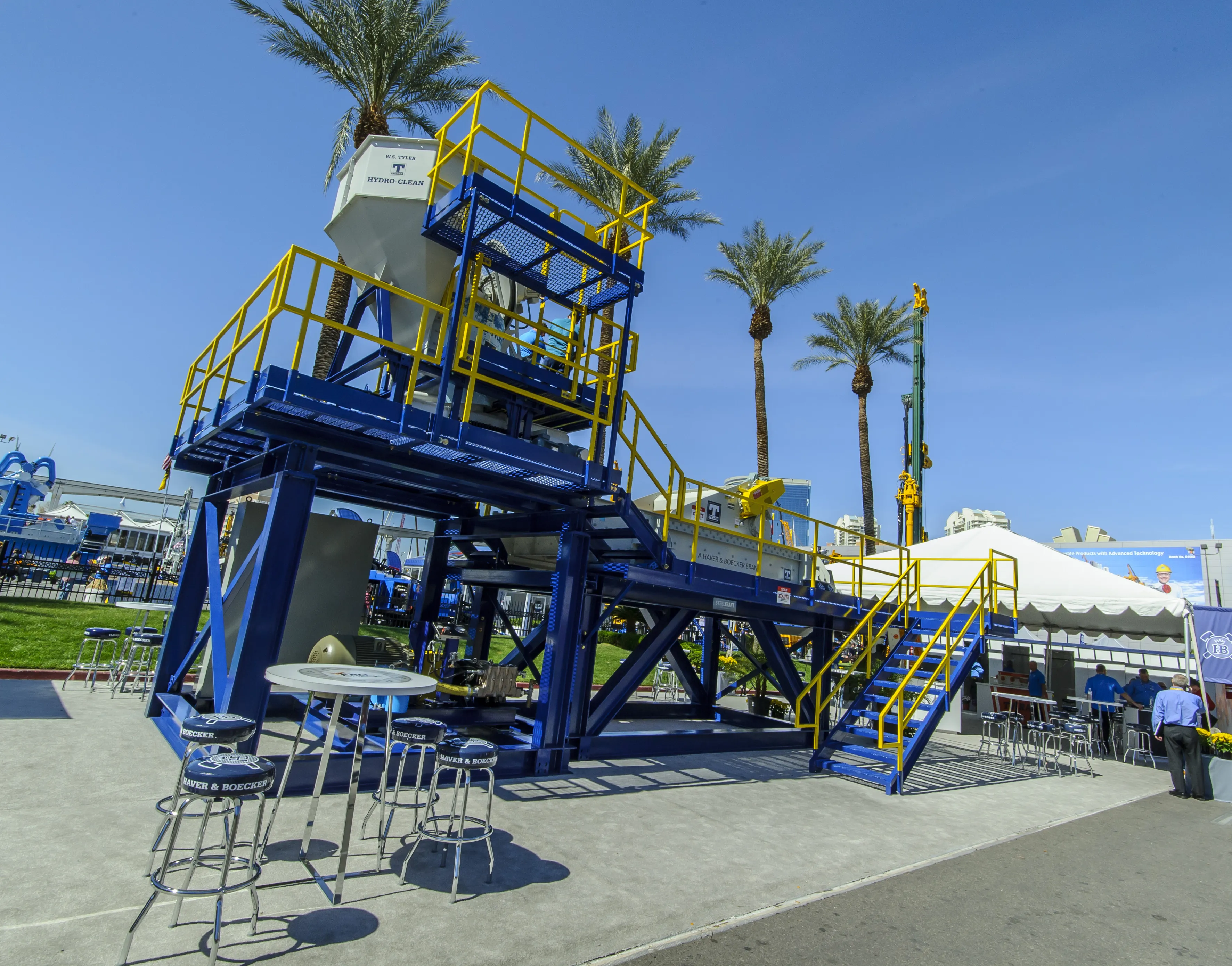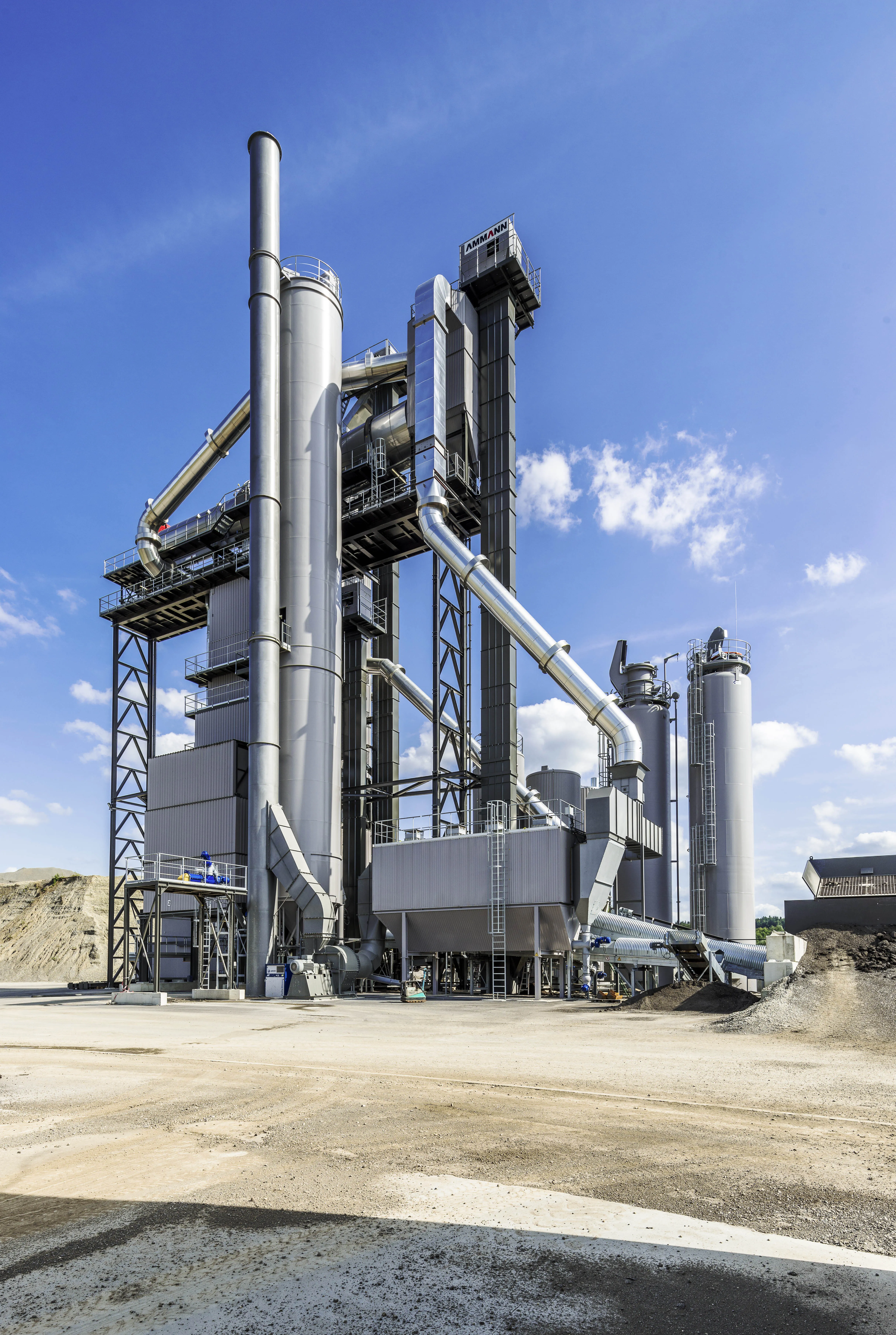
In addition to a Hydro-Clean 1000 washing system combined with a single-deck, linear-stroke Tyler L-Class vibrating rinse screen, H&B now offers semi-portability by mounting the complete system on a custom skid structure. The opportunity to purchase the three components together is said by H&B to save operations months of time they would have spent on designing and building a skid structure for a wash plant. The new package is said to deliver maximum serviceability in a small footprint.
“We’re always looking for ways to solve our customers’ problems and improve their productivity and efficiency,” said Karen Thompson, president of Haver & Boecker Canada. “By offering the Hydro-Clean 1000 Wash Plant, we’re saving producers from spending extensive time on engineering and manufacturing a structure for a wash plant. This gives them an opportunity to focus their time and money on improving profits elsewhere in their operations.”
The Hydro-Clean 1000 system processes as much as 200tonnes/hour of sellable product with its short retention times, using minimal water and power. During the cleaning process, the washed material works its way down the HC1000’s drum and exits onto a discharge conveyor that leads to the L-Class wash screen. The vibrating screen removes any remaining dirt or clay still on the stone as it fractionates the material. H&B engineers drew on their extensive experience to design and build a skid structure perfectly suited for the semi-portable system.
Taking feed material as large as 150mm into its 100cm vertical drum, the Hydro-Clean 1000 employs 2,000psi high-pressure nozzles, rotating at 90rpm, to remove silt and clay particles as small as 63microns from mineral mixtures.
The wash plant’s other major component, the L-Class vibrating screen, uses a double-shaft overhead drive system, with direct-mounted motors, to provide multiple speed and stroke combinations in a compact design. With a horizontal screen, material spends more time on the deck for optimal cleanliness.
The HC1000 Wash Plant includes serviceability features for maximum convenience and safety. H&B manufactures the plant with stairs, eliminating the dangers of carrying parts and tools up ladders. In addition, mechanics can easily use the plant’s catwalks and platforms to reach service points, such as spray nozzles.
Tailor-made wash plants can be made for customers by H&B to create, for example, a model including a different size or type of vibrating screen, more decks or a different Hydro-Clean solution.








